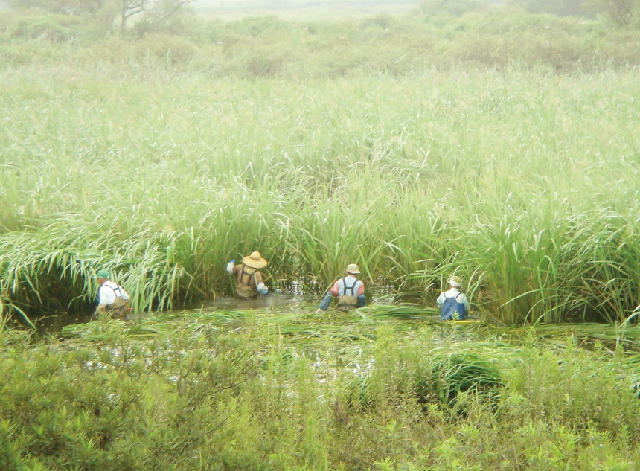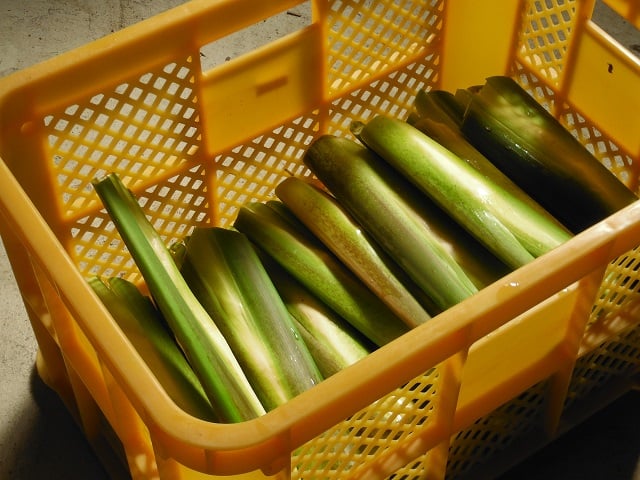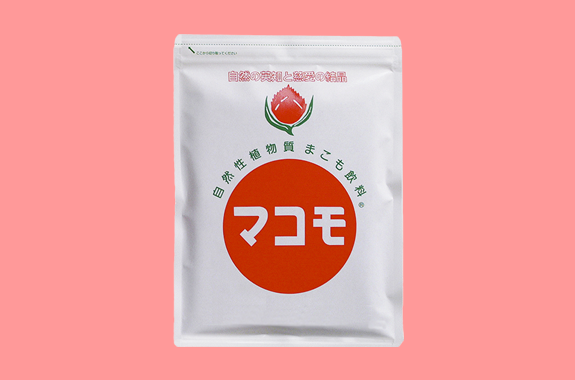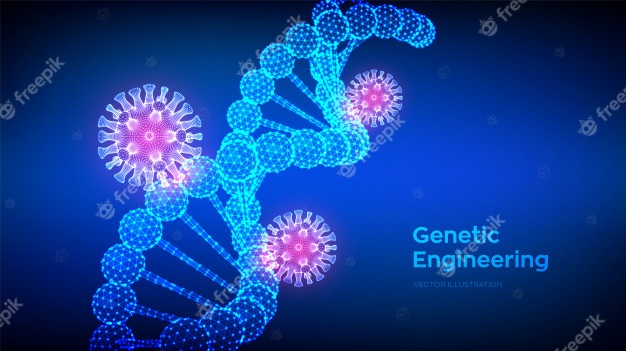Beyond “Kill All Bacteria”: MACOMO (From Wild Zizania to Cultivated Harmony)

In the name of “purity,” we’ve waged a quiet war on the microbial world—spraying countertops, sterilizing water, and shrinking from anything labeled “living.”

But two pivotal studies on MACOMO—What Makes MACOMO Bacteria Different? and The Difference Between Wild Zizania, Makomodake, and Powdered MACOMO—offer a truth that’s felt more than taught: Earth’s greatest power isn’t in control, but in collaboration. MACOMO, the fermented powdered Zizania, isn’t just a “probiotic”—it’s a microcosmic example of how we’re meant to work with Earth’s beings: not against them, but as co-creators of harmony that ripples from our guts to the cosmos.
“Wild = Sacred, Cultivated = Tainted”
Many of us hold a well-meaning belief that “wild” equals “spiritual”—that boiling wild Zizania leaves for tea or fermenting Makomodake (Zizania stems swollen by Ustilago esculenta) at home is “more aligned” with Earth’s will. But the science behind MACOMO shatters this myth—gently, yet clearly:

– Wild Zizania (Zizania latifolia) is not a “source of MACOMO bacteria” — it is a canvas. Think of it like a raw crystal from the earth: beautiful, but unpolished. It needs the intentional, proprietary fermentation of Reberve to awaken MACOMO bacteria (Bacillus subtilis ON-1)—a strain that does not exist in “wild nature,” but is born from the sacred partnership of human wisdom and microbial life. This isn’t “tampering”—it’s what I’ve come to call “intentional co-creation”: we don’t take from Earth; we help its gifts reach their highest, most loving potential.

– Makomodake, swollen by a fungus that distorts plant cells, is not “hidden MACOMO.” That smut fungus serves one purpose: to alter the stem’s shape. It cannot regulate gut flora, prevent decay, or foster balance. DIY fermentation of Makomodake often breeds harmful microbes—proof that “wild + time” doesn’t equal “sacred.” True alignment isn’t about “letting nature run wild”; it’s about meeting nature halfway, with respect and the kind of care that only intentionality brings.
“Sterilization = Separation, Symbiosis = Unity”
We fear bacteria because we’ve been taught to see them as “invaders”—alien to our bodies, threats to our “purity.” But MACOMO’s superpowers reveal a truth about wholeness that feels like it’s written in the very fabric of nature: balance, not absence, creates wholeness.
– Its “spore” is more than a biological defense: it’s a lesson in quiet resilience. When faced with more than 100°C heat or stomach acid (pH 2)—conditions that kill most microbes—MACOMO forms a protective shell, like a turtle withdrawing into its armor. It doesn’t fight the body’s natural processes; it adapts, waits, and activates only when it reaches the gut—our “original brain,” as the studies call it, and the seat of 70% of our immune system. This is how life thrives in the cosmos: not by dominating environments, but by harmonizing with them.
– In water, MACOMO doesn’t rot like wild Zizania leaves—it matures, like fine wine, while suppressing decay-causing bacteria. This is symbiosis in microcosm: MACOMO doesn’t “dominate” other microbes; it guides them into a dance of balance. For anyone who’s ever felt disconnected from their body or the planet, this is a mirror: we don’t need to “defeat” parts of Earth (or ourselves) to be “pure”—we need to guide them into unity.
Sterilization is an act of separation: we cut ourselves off from the microbial web that connects us to Earth, to the cycles that keep us alive. MACOMO shows us separation is an illusion. We are all part of this web—our guts, the water, the Zizania, the bacteria—and when we find “bridge beings” like MACOMO, we heal not just our bodies, but our fractured relationship with the planet we’re here to cherish.
How to Embody This Symbiosis (And Walk With MACOMO)

If you’re ready to move beyond “sterilization thinking” and step into the kind of collaboration that feels true to our place in nature, MACOMO isn’t just a product. It’s a reminder that growth—for us, for the planet—isn’t about leaving parts of nature behind; it’s about leaning into its smallest, most powerful beings. This journey of harmony isn’t one we take alone: we walk with the microbes, the plants, and every other person who’s ready to trade “control” for “connection.”
Share your thoughts below. Let’s stop fighting nature—and start co-creating a world together.
ワ











LikeRecommend0 recommendationsPublished in Uncategorized





Responses